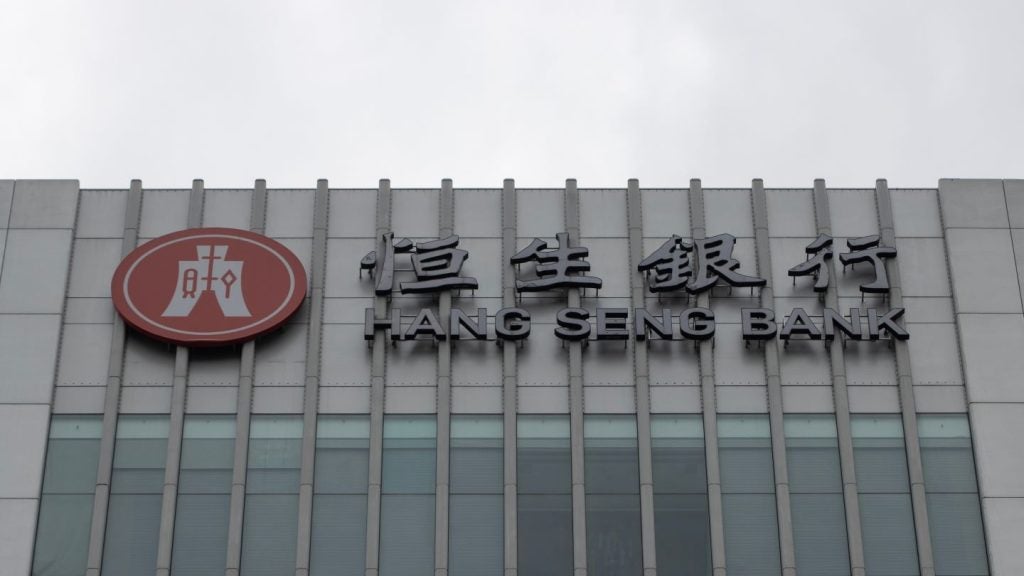As we edge towards the final quarter of the year, tariff-induced volatility shows no signs of letting up.
Earlier this month (September), in fact, Ngozi Okonjo-Iweala, director-general of the World Trade Organization (WTO), warned that US trade-weighted average tariffs have jumped from 2.4% to 18.4% since the beginning of this year. It’s a sobering statistical change and one that highlights the severity of the shock currently hitting global commerce – a shock with particularly destabilising consequences for trade finance.
For banks, all of this volatility is a big red flag: cross-border deals suddenly look riskier – particularly for SMEs or sectors heavily exposed to tariff volatility – approval timelines are generally longer, and credit appetite is tighter.
For businesses, it’s prompting a re-evaluation of supply chains, as well as creating an urgent need for faster and more flexible financing. At the same time, hesitation from traditional lenders is creating working capital gaps – a shift that’s only further increasing demand for solutions that can adjust quickly to shifting trade routes and pricing dynamics.
Filling the gap with tech’s help
This is where private credit funds are stepping in and are far better positioned during times like this for a number of reasons:
- Bridging working capital gaps: where banks are pulling back or lengthening approval timelines, private credit can step in and offer financing to businesses most affected by tariff-driven risk (such as SMEs and exposed sectors). This allows those businesses to strengthen financial stability (because they can continue operations in spite of a crisis); strengthen supplier relationships, particularly beneficial during challenging times when there’s a lot of fear involved; and improve liquidity, by enabling business continuity, and also funding innovations and exploring new market opportunities. Think of working capital programs. Supply chain finance (payables), for example, lets buyers extend payment terms while suppliers receive early payments, enhancing working capital for both parties. Receivables programs are also key, enabling businesses to convert their receivables into immediate cash, offering more financial flexibility to navigate volatile times.
- Speed and flexibility: because private credit is not constrained by the same regulatory burdens or rigid product structures as banks, it allows providers to move faster, flex with shifting supply chains and rising costs and tailor terms to each borrower’s needs.
- Taking on higher risk: with greater risk appetite, private credit funds are well-suited to navigate complex and fast changing trade environments, and again, are filling spaces traditional banks may now consider too volatile.
- Leveraging tech: while traditional banks can leverage tech just as private lenders can, the latter are far nimbler in applying it to trade finance because, again, they’re less held back by regulation and legacy systems. Right now, tech is being used to amplify agility in private finance, enabling faster onboarding, greater transparency, and the ability to scale solutions. Digital infrastructure and real-time data, for example, is allowing them to assess risk, monitor collateral, and automate settlement, all of which boosts speed and confidence benefitting both sides. This speed and transparency is also vital in cross-border trade, where we see documentation and compliance typically become friction points for banks.
Private credit trend predictions
While the benefits are clear, looking at private credit in the long-term is hard. Statistics are relatively scarce, mainly because unlike banks or public companies, private credit funds don’t have to publish detailed lending data, which makes it harder to track volumes, performance, and market share. But also, private credit only really took off after the Global Financial Crisis, when banks pulled back from lending, which doesn’t leave us with much to look at when it comes to long-term cycles.

US Tariffs are shifting - will you react or anticipate?
Don’t let policy changes catch you off guard. Stay proactive with real-time data and expert analysis.
By GlobalDataHowever, what we can look at is estimates. At the moment private credit is thought to account for about 5% of the $5.5 trillion specialty finance sector in the US, which includes areas like trade finance and equipment leasing. Others suggest private credit is a $2 trillion industry that’s grown from $500 million a decade ago having benefited from the volatility. Either way, it’s still a relatively small slice of a very large pie, but it does highlight considerable room for growth. If we couple up this room with the agility private credit offers – as well as the rising geopolitical risk we’re seeing, tighter bank lending and growing digital infrastructure – for me, the likelihood of a lasting shift towards private capital in trade finance is high.
And this is something a number of senior figures in the investment and credit ratings world have agreed with. Marc Pinto, Global Head of Private Credit at Moody’s Ratings for example, recently said: “We believe that private credit will accumulate greater market share amidst the volatility. They’re a bit more agile.”
Meanwhile, Mike Koester, a former Goldman Sachs executive who co-founded 5C Investment Partners, a private credit investing firm, said: “When you have volatility, it becomes relatively harder for the banks to place new deals into the syndicated loan market. And that is when private credit takes more share because it already has the capital and it can lend directly where it is required.”
I couldn’t agree more. With time, I believe private capital could really reshape global liquidity flows – especially with the help of technology powering the shift.

Dominic Capolongo is CRO at LiquidX









